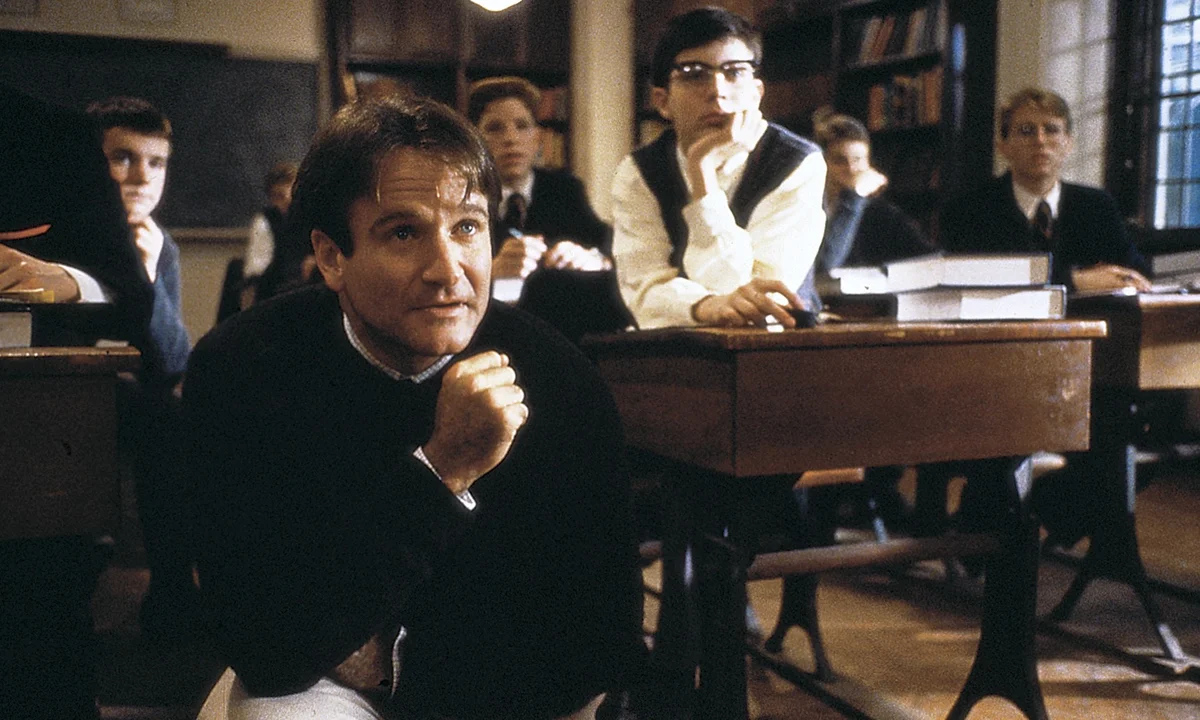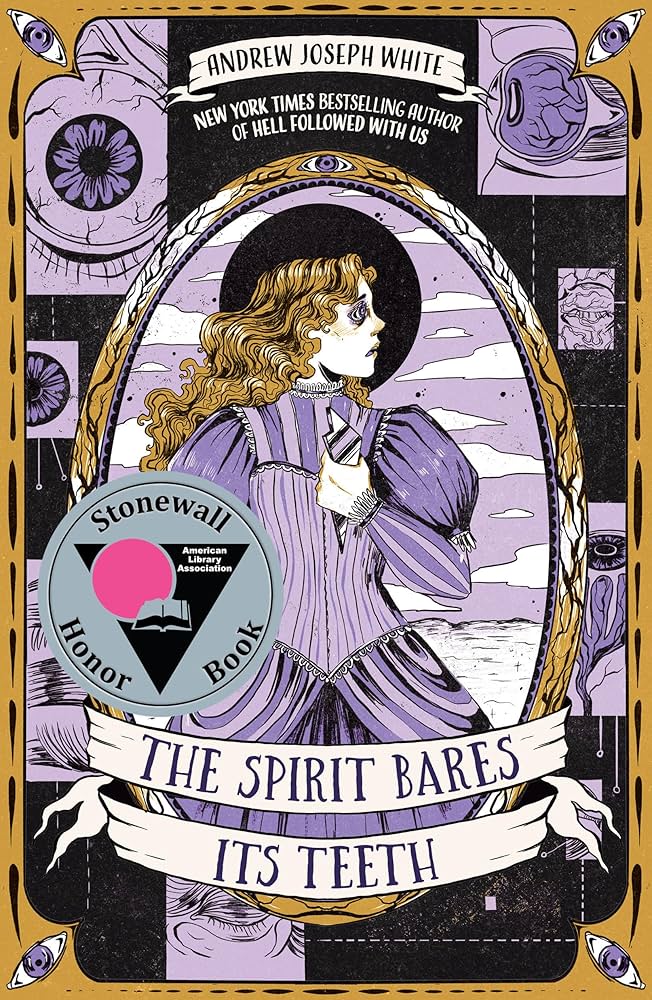
Taylor Swift. Whether you love her or hate her, the minute you hear those two words together something must come to mind. Maybe you think of the Grammy award-winning artist. Perhaps you think of the girl who writes exposés hidden as heartbreak songs about all her exes. Or maybe even the artist who’s only famous because Kanye West interrupted her speech back in 2009. Regardless, if someone says those two words, “Taylor Swift,” they’ll get a reaction, which might be a frown and exasperated sigh, or a smile and beaming face. I happen to fit in the latter.
I’ve been a Taylor Swift fan since 2008, which is well over half of my life. I’ve seen her in concert three times and I remember my weekly tradition of driving around L.A. with my dad listening to whatever her latest album was on CD. It’s safe to say I’m a huge Swiftie, and back when I was younger I was not afraid to show it. But as the years passed and the albums kept releasing, I continued to see more and more people frown at the mention of Taylor Swift, and they warned me that I did not want to be like her when I grew up. By the time “Reputation” was released, I kept my Taylor Swift obsession strictly to my friends and family even though my love for her and her music was unwavered.
Things took a turn with the release of “Lover” last year; I began to buy into those negative comments from people around me, especially when the reaction to her 2019 pop album was much of the same, calling Swift “childish” and her album “unmoving.” I still listened to it, but for once I wasn’t playing it on repeat as I had with her previous records. I didn’t want to admit it, but I was disappointed. I believed that Swift released the album she felt like she had to release instead of the album she wanted to. So, I accepted that the award-winning, record-breaking Taylor Swift had peaked, and this was the first in a long line of mediocre albums until she eventually was overshadowed by some up-and-coming young artist.
Enter: “Folklore.”
Not only was this folk album’s release date a complete surprise, but so was the content she released on it. This album showcases the best of Taylor Swift’s ability to tell a story through her music. Some songs on this album are told from her point of view, but other songs are from the point of view of fictional characters, namely James and Betty. Additionally, Swift also turns to the past for inspiration on this record, with one song on the album, “The Last Great American Dynasty,” about the life story of a previous owner of her Rhode Island home, Rebekah Harkness, and has nothing to do with Taylor at all. Even though Swift dropped this album with a single, “Cardigan,” not one song out of the 16 (or 17 on the extended edition) are pop radio singles, something new for Swift. However, her ability to pack so much truth and beauty into three minute songs is not a new feat, and it shines through beautifully throughout “Folklore.” “Mirrorball,” the sixth track on the album, showcases this point perfectly with lyrics such as “I can change everything about me to fit in” and “all I do is try,” highlighting the song’s message about adapting to fit others’ opinions of you, something that rings true for many listeners. Track nine on the album, “This is Me Trying,” has a similar striking truth to it concentrating on the anxieties Swift faced that isolated her, but how she feels it is more important that “at least I’m trying.” In short, this is the album that Taylor Swift wanted to make and not the one she felt like she had to.
Even as a big Taylor Swift fan, I would have been the last to guess that this genre-bending artist’s eighth studio album would be one of her best so far. While I’ve always appreciated and loved the catchy melodies and singable lyrics from previous Taylor Swift records such as “Welcome to New York” from “1989” or “I Knew You Were Trouble” from “Red,” the maturity and rainy day aura of “Folklore” have left no doubt in my mind that Taylor Swift is truly an artist for the ages.





